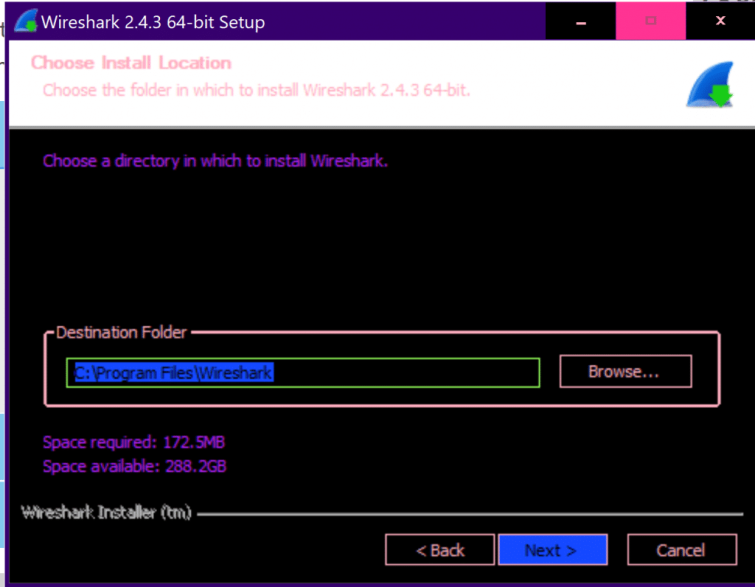
#Vpn monitor network traffic software
Note that enabling this option might require a reboot of the client endpoint when the client software is installed for the first time on Windows endpoints. When you enable this check box, the Pulse Secure client copies IP Type of Service (TOS) bits from the inner IP header to outer the IP Header. Enable TOS Bits Copy -Select this option to control the client behavior in networks that employ quality of service (QoS) protocols.No – Network traffic that bypasses the local routing tables is not bound the split tunneling configuration.Yes – All traffic is bound by the split tunneling configuration.If you enable traffic enforcement, you ensure that all traffic is bound by the split tunneling configuration.

For example, a local program might bypass the routing tables and bind traffic to the physical interface instead of allowing it to go through the Pulse virtual interface.
#Vpn monitor network traffic mac os x
Tunnel Routes with local subnet access (Pulse on Windows and Mac OS X only) -Network traffic addressed to the networks defined in the split tunnel resource policies goes through the VPN tunnel.Pulse restores the original routes when the connection is ended. Pulse overwrites the physical interface routes if there is conflict between the Pulse virtual adapter and the physical adapters. Tunnel Routes -The route table associated with the Pulse virtual adapter take precedence.The exact effect depends on whether split-tunneling is enabled. Route precedence – This option defines how the directly-connected subnet routes and the indirectly-connected subnet routes are modified.Under Pulse Secure client options, select:.With split tunneling disabled, users cannot access local LAN resources during an active VPN session. When the session is established, predefined local subnet and host-to-host routes that might cause split-tunneling behavior are removed, and all network traffic from the client goes through the VPN tunnel. Disable Split Tunneling -All network traffic from the client goes through the VPN tunnel, allowing access to the protected network.In the case of subnet overlap (for example, the specified split-tunnel subnet conflicts with an existing endpoint route), the Route Precedence option (described below) is used. The subnets are specified in the Users > Resource Policies > VPN Tunneling > Split-tunneling Networks window. Enable Split Tunneling -This option activates split-tunneling and adds (or modifies) routes for specific subnets to go to the tunnel, allowing access to the protected subnets.Under General VPN Options, select one of the following options:.In the admin console, choose Users > User Roles > Role Name > VPN Tunneling.To specify VPN tunneling split-tunneling, auto-launch, auto-uninstall, and GINA installation options: Use role-level settings to specify split-tunneling, auto-launch, auto-uninstall, Graphical Identification and Authentication (GINA) options, and the Riverbed Steelhead Mobile Controller (if any).

You are here: Pulse Connect Secure > Pulse Connect Secure Administration Guide > Remote Access > VPN Tunneling > Defining VPN Tunneling Role Settings Defining VPN Tunneling Role Settings


 0 kommentar(er)
0 kommentar(er)
